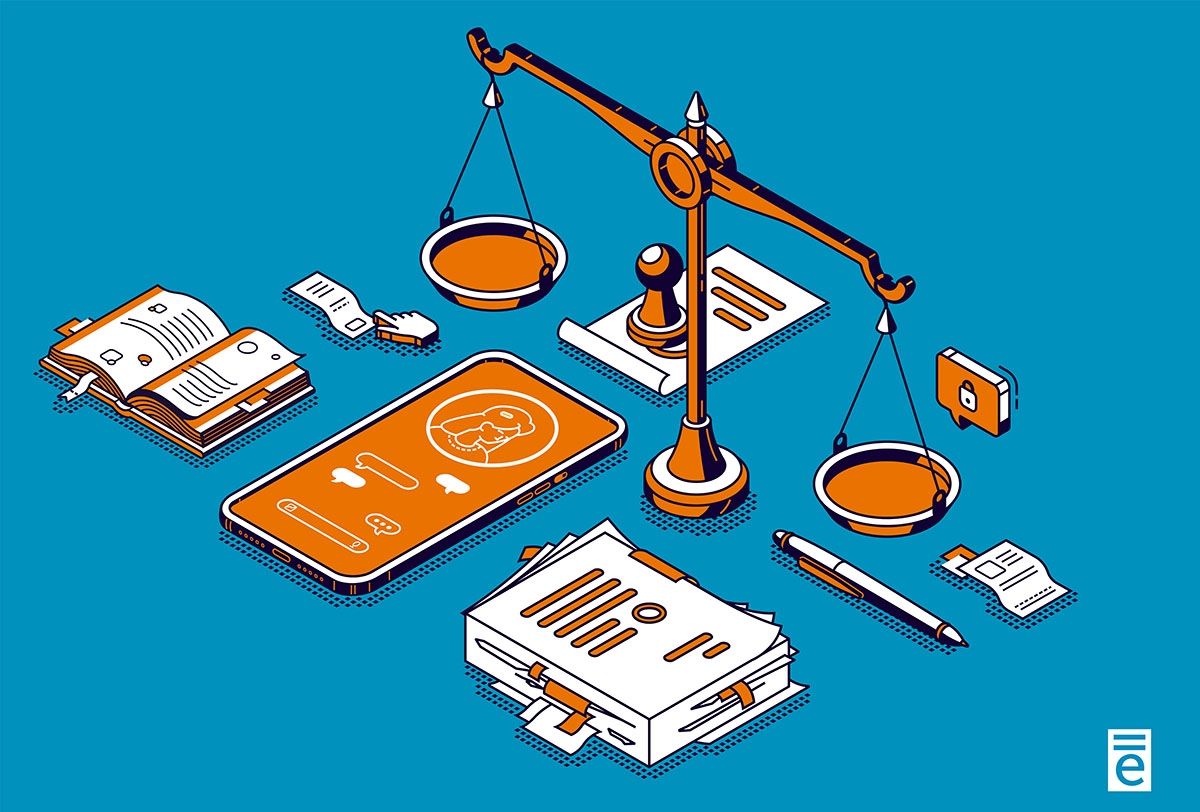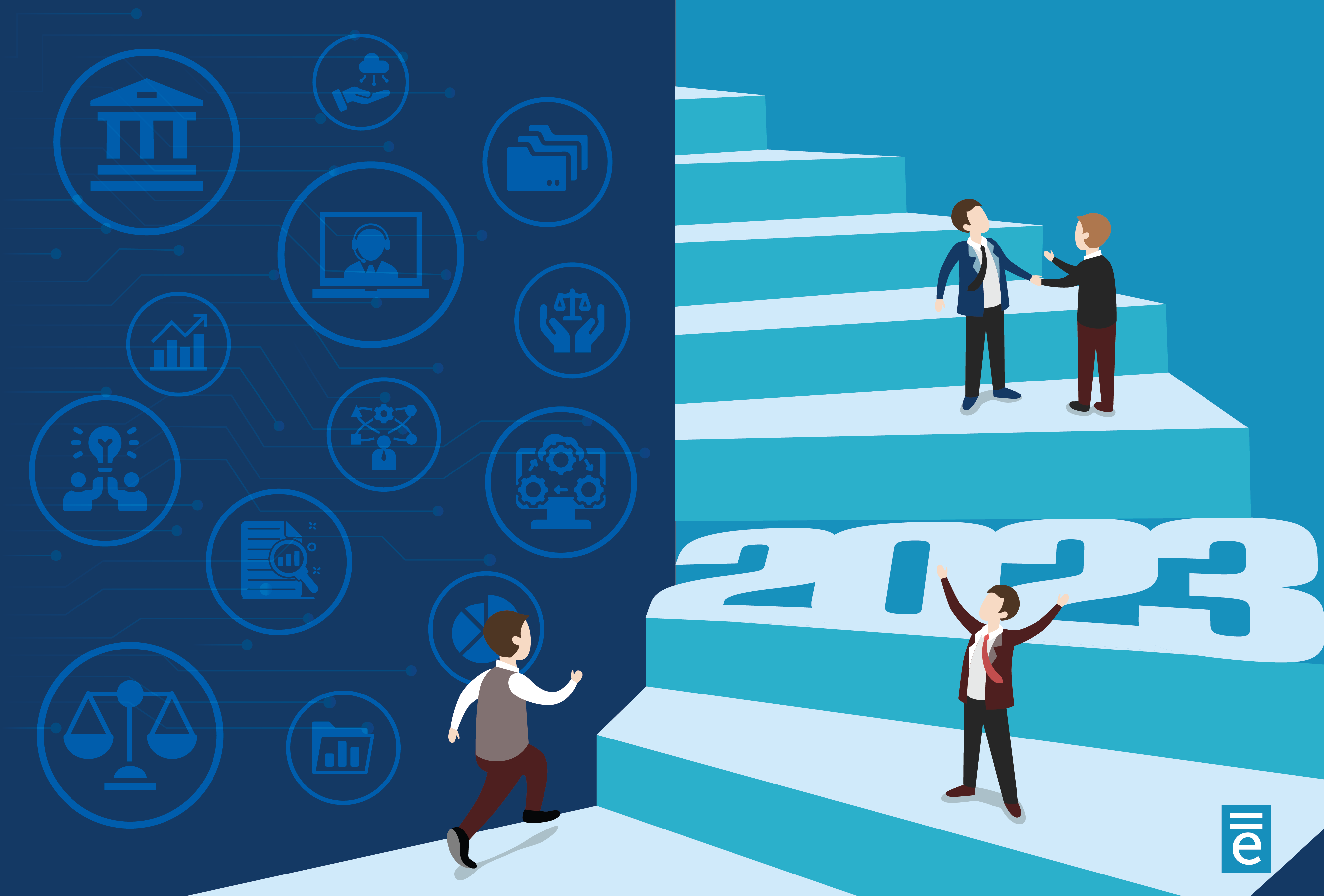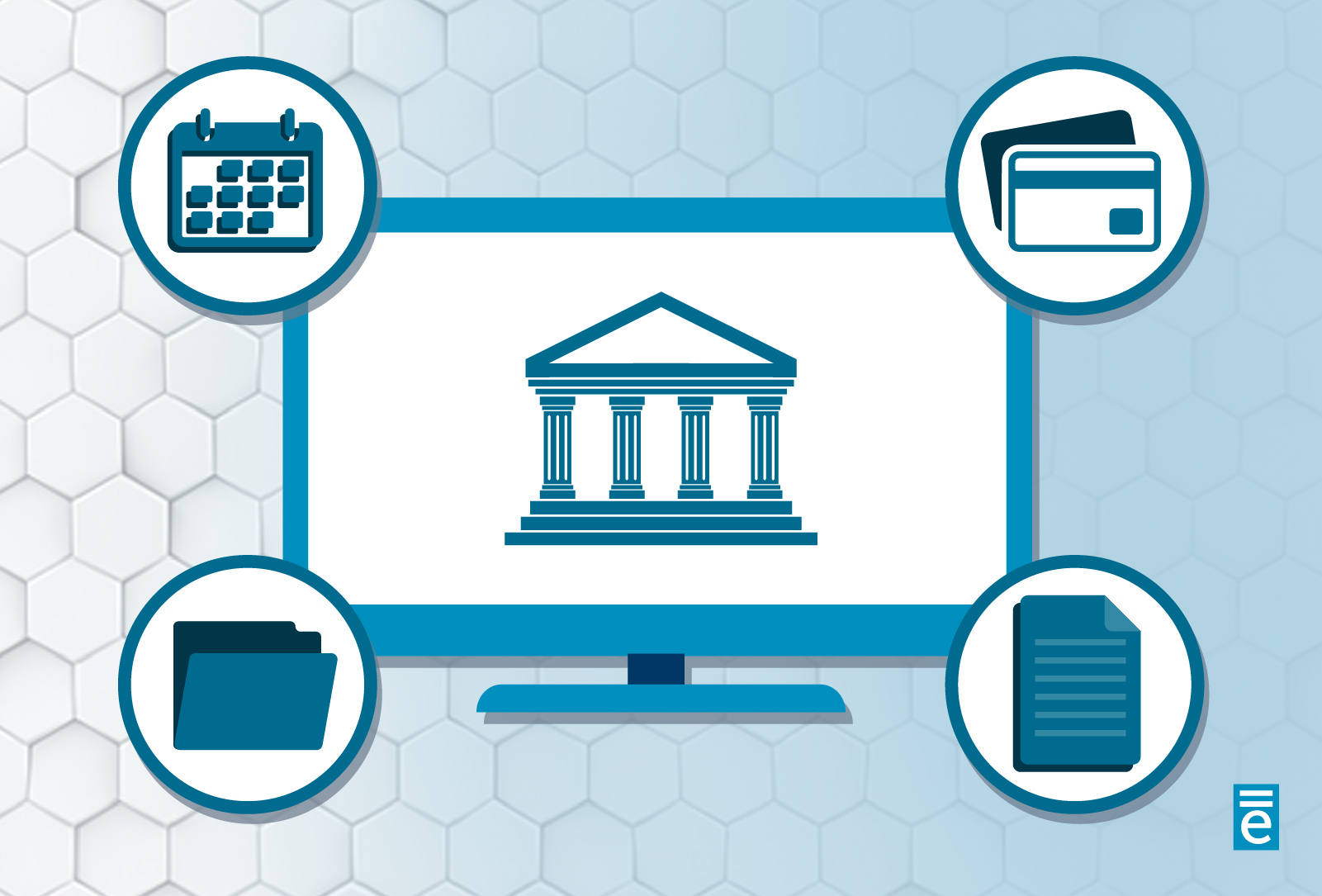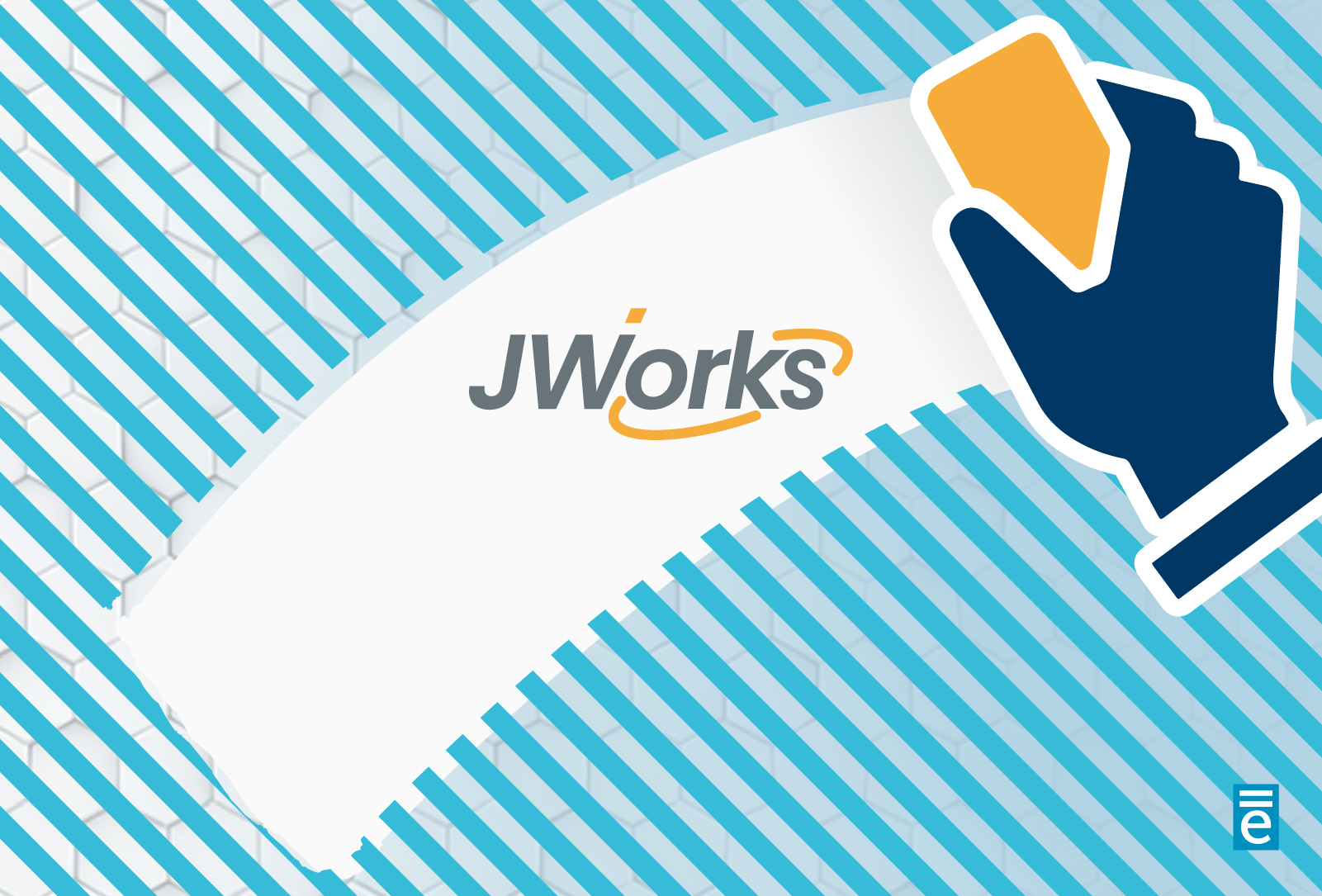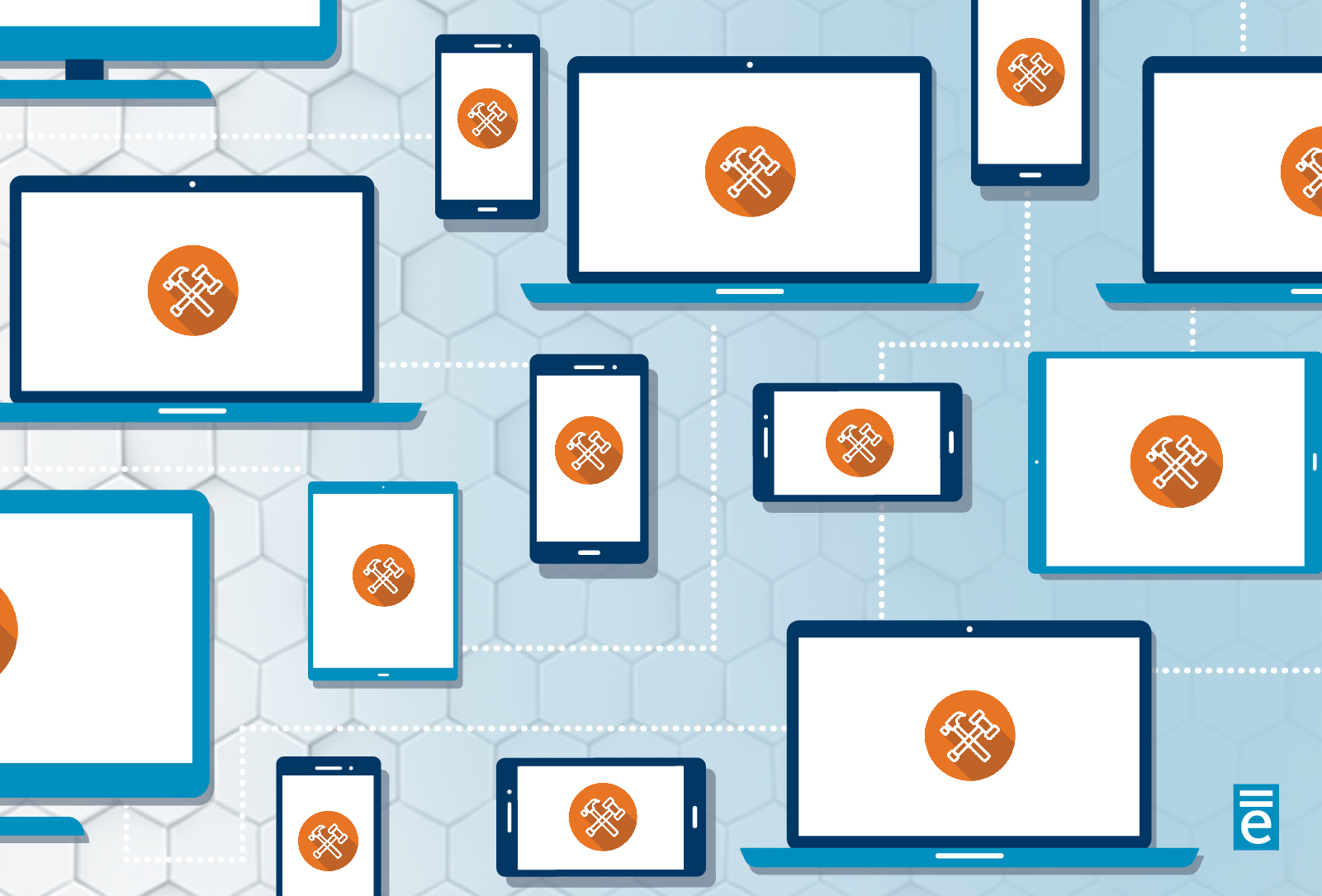Improving Virtual Technology for Courts
By embracing new technology, our justice system continues to positively impact the lives of millions of people that interact with our courts across the country. But as with any systematic change, embracing new technology comes with its own set of challenges, some predictable, others unforeseen.

